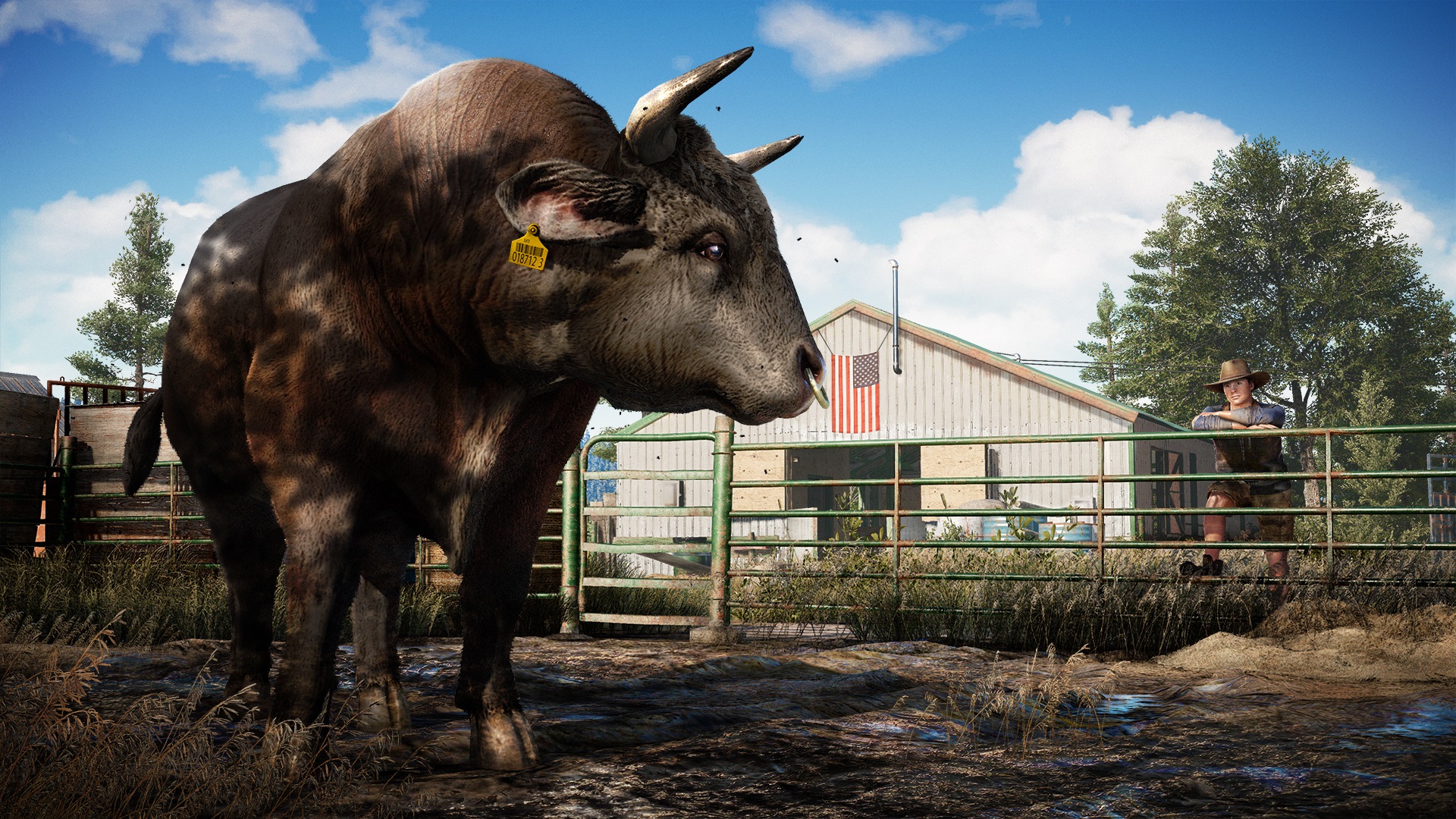
Souvik’s research looks at the narrative and the literary through the emerging discourse of videogames as storytelling media and at how these games inform and challenge our conceptions of narratives, identity and culture.

This paper is an attempt to explore these attitudes and stereotypes.Bio:Dr Souvik Mukherjee is assistant professor in Cultural Studies at the Centre for Studies in Social Sciences Calcutta, India.
.jpg)
Through the way in which a popular triple-A game decides to represent the cultures and religions of the Indian Subcontinent is indeed an important lens to examine how colonial and deeply orientalist stereotypes about Hindu and Buddhist practices are being, surprisingly, perpetuated in such recent narrative media such as videogames. Not least among them is how the game’s developers have introduced various complexities of religious beliefs and hinted at a plural culture, only to end up perpetuating the set of oriental stereotypes that belie the initial potential of the game. As Ajay Ghale, the non-resident Kyrati who returns to Kyrat from the USA after his mother’s death, the player-protagonist has a lot to take in. The people worship the god Banashur and his daughter, Tarun Matara, who is worshipped as a living goddess. The Kyrati people are shown as following one religion, quite comfortably avoiding the multi-religious complexity of the region, where Hinduism and Buddhism co-exist. In fact, one of the missions takes place inside a temple and in the game’s obvious references to Nepal in the landscape and culture-scape of the game’s fictional locale, Kyrat.

In the game, the player-protagonist often travels through a landscape that is filled with statues of gods, prayer flags and shrines. Abstract: In Far Cry 4, on the cover art of the game, the principal antagonist sits on the broken statue of a four-armed god placing his foot over the head of the decapitated statue.


 0 kommentar(er)
0 kommentar(er)
